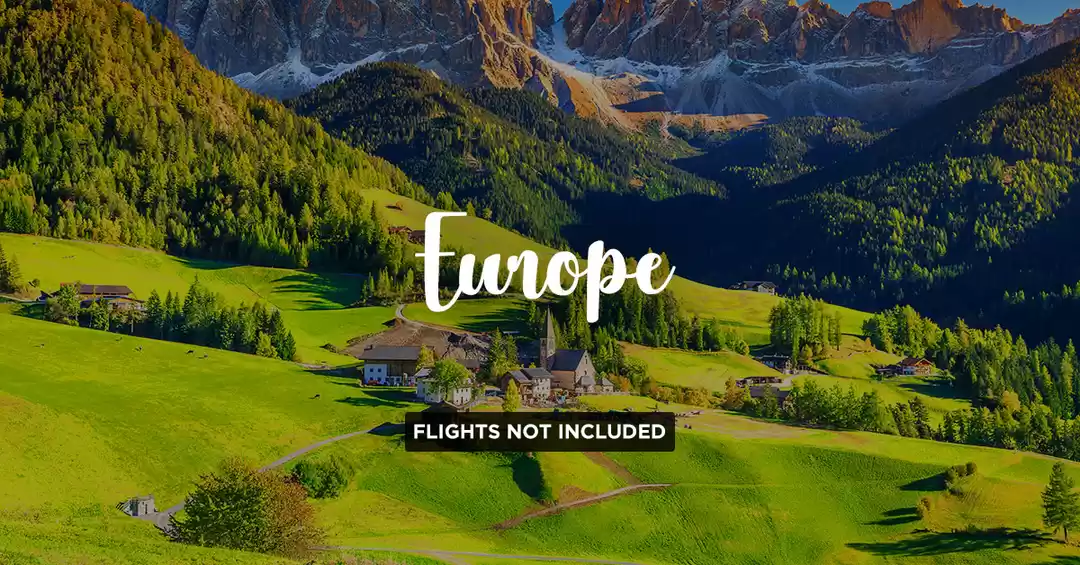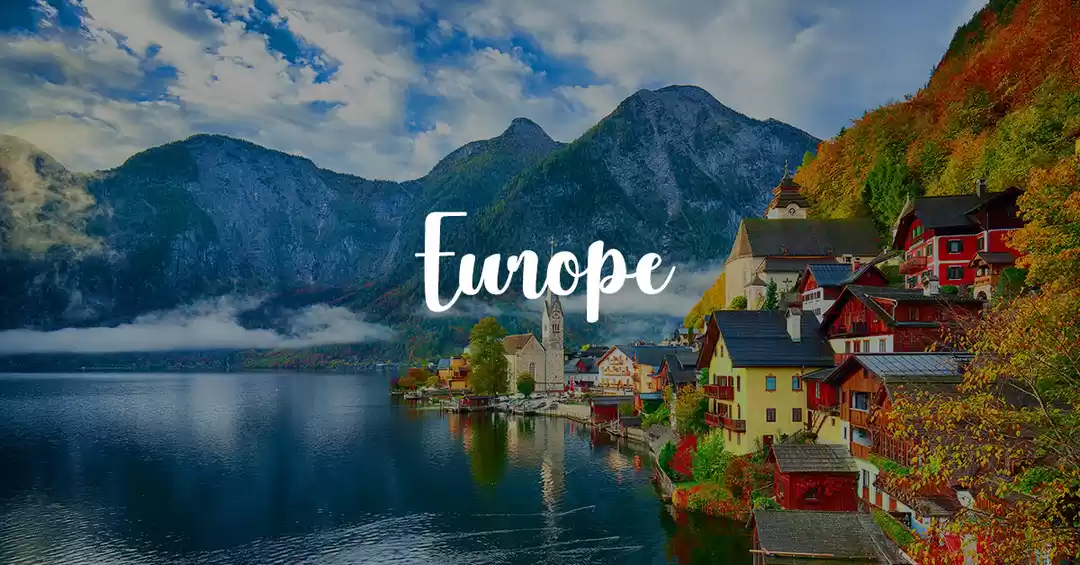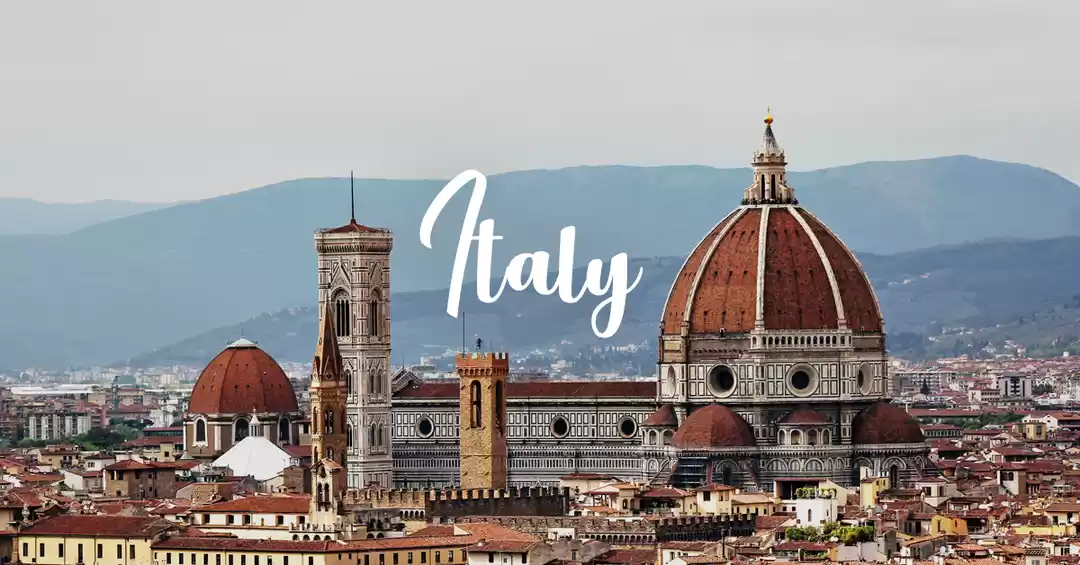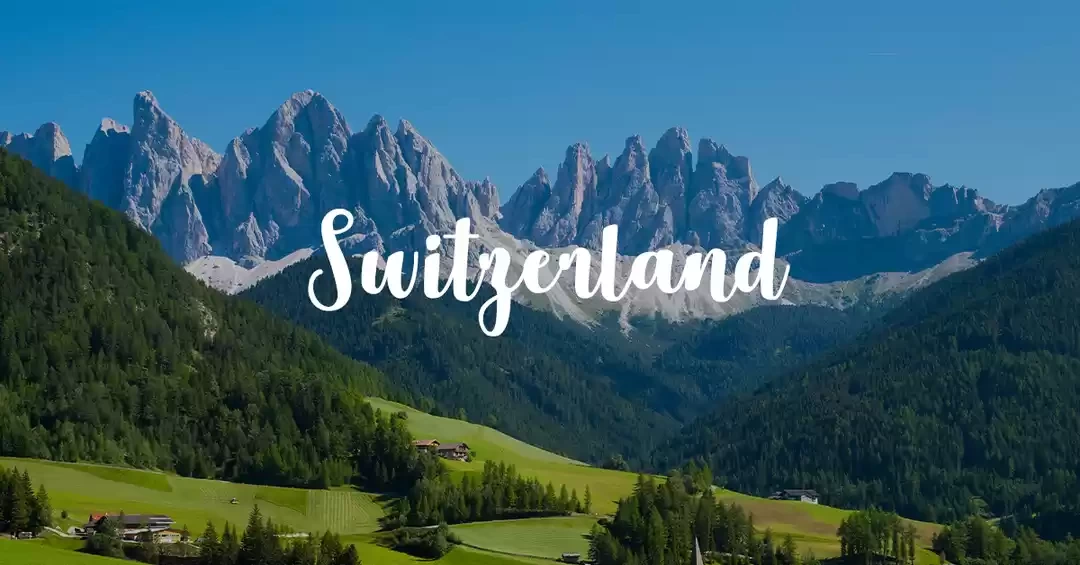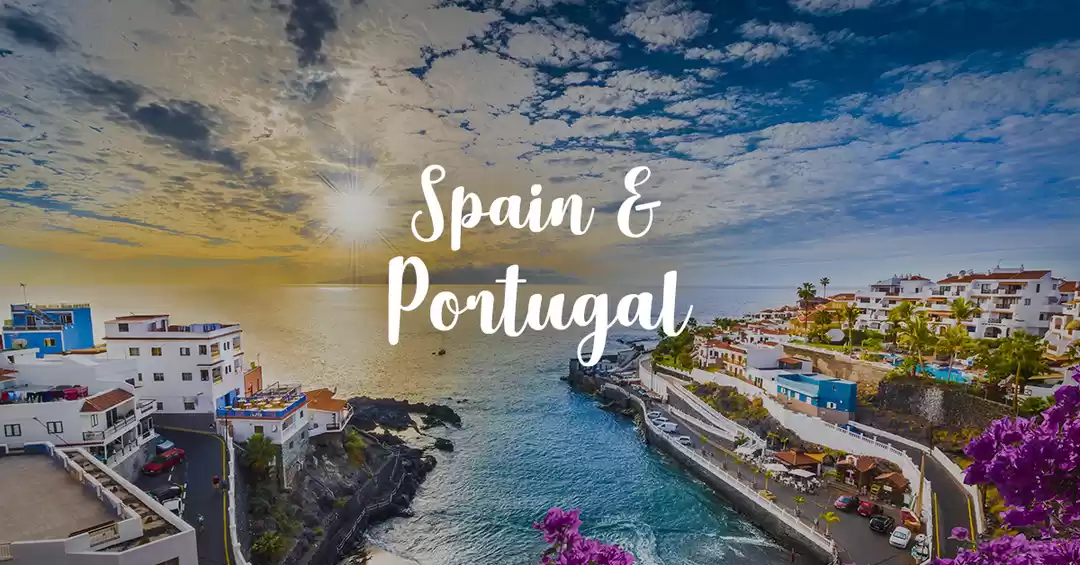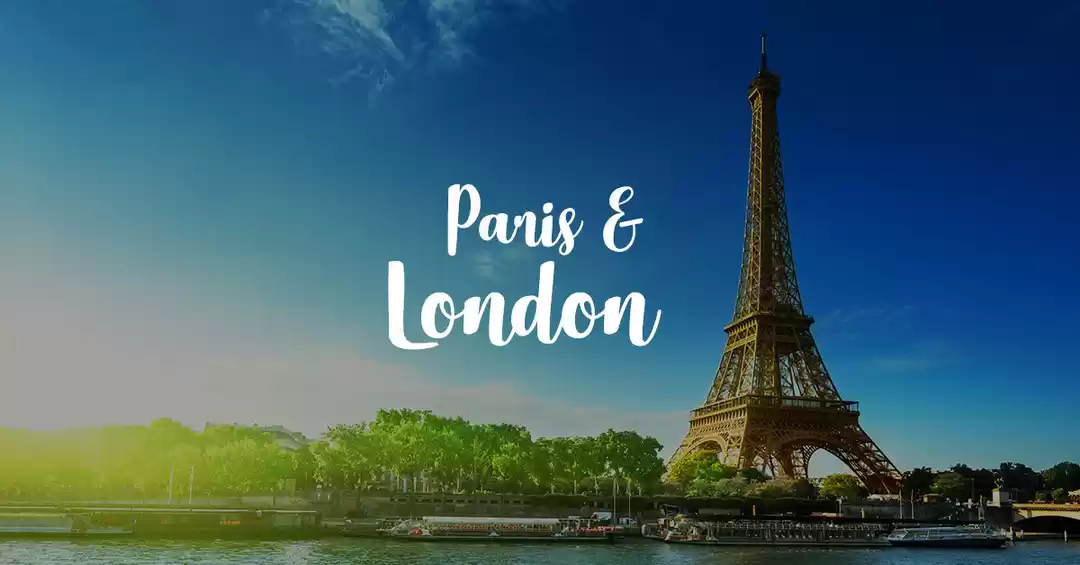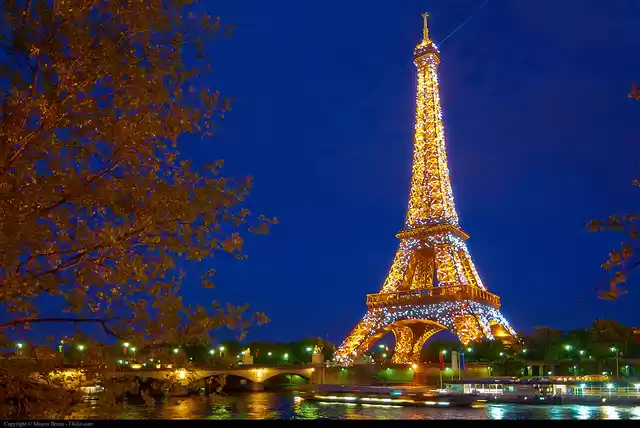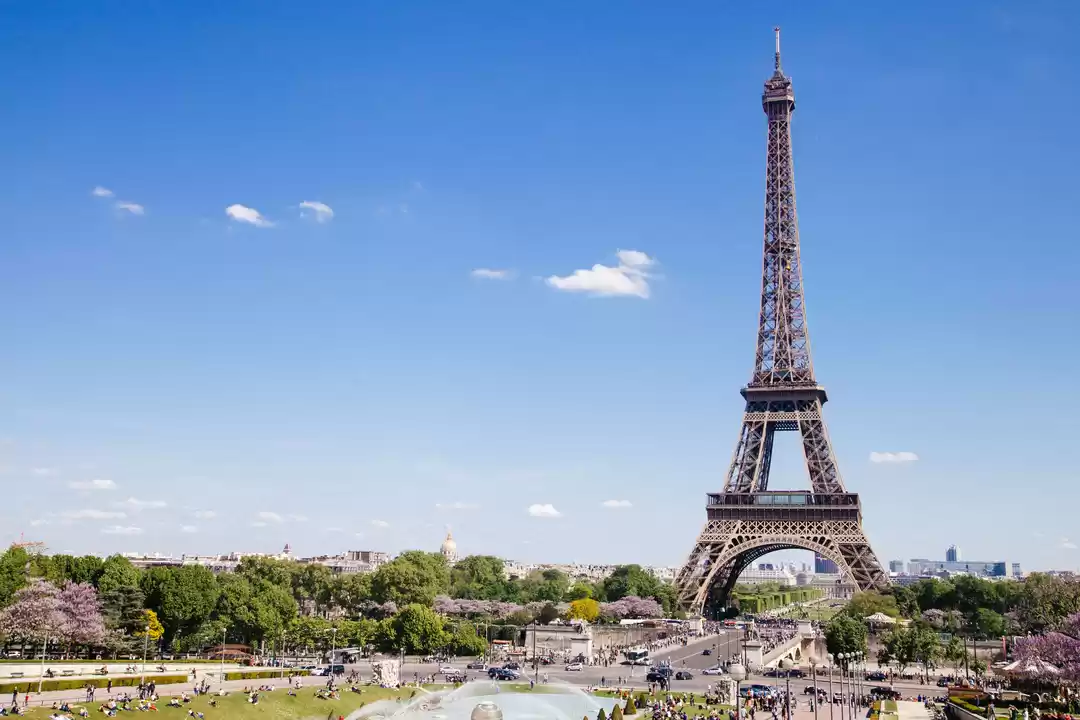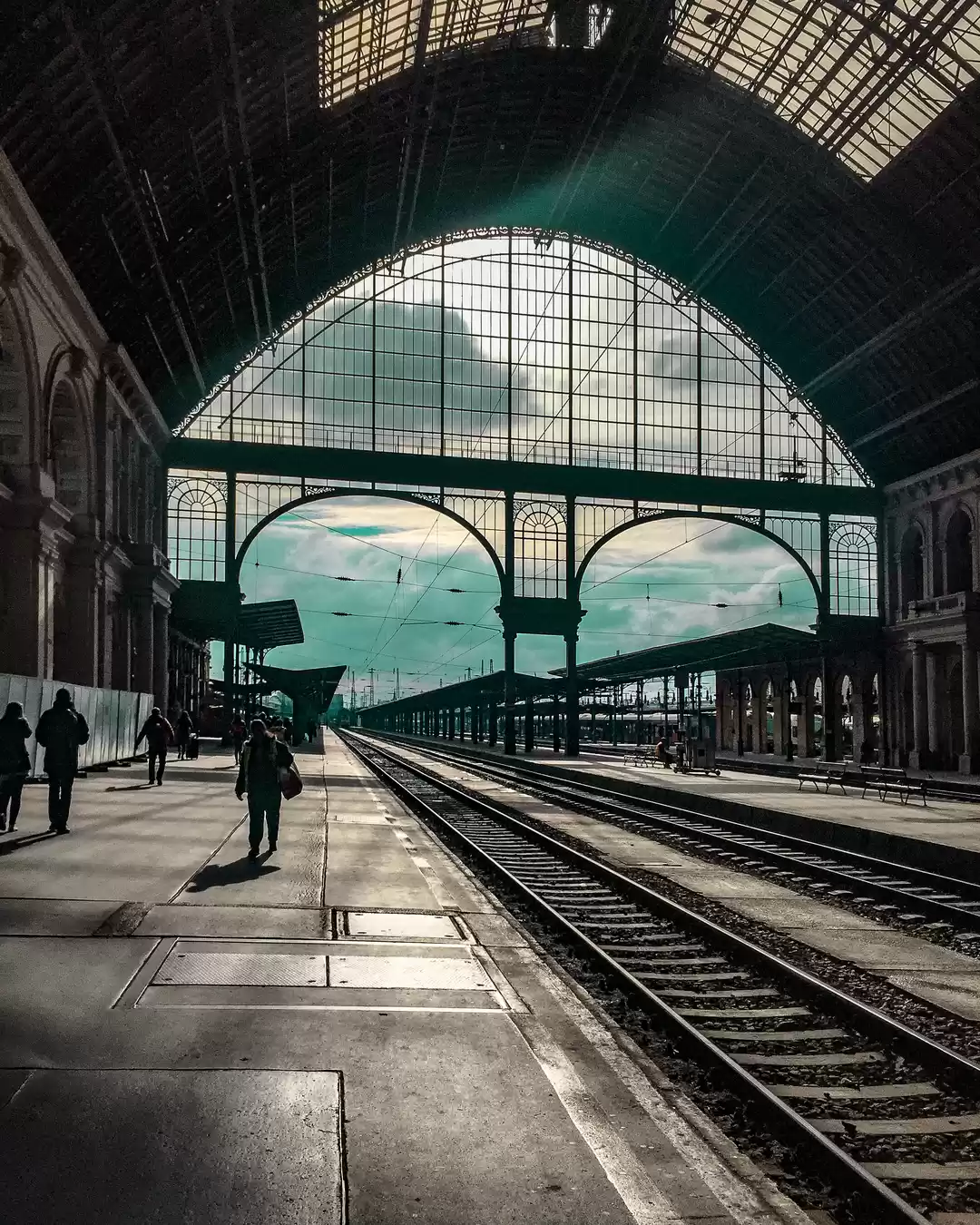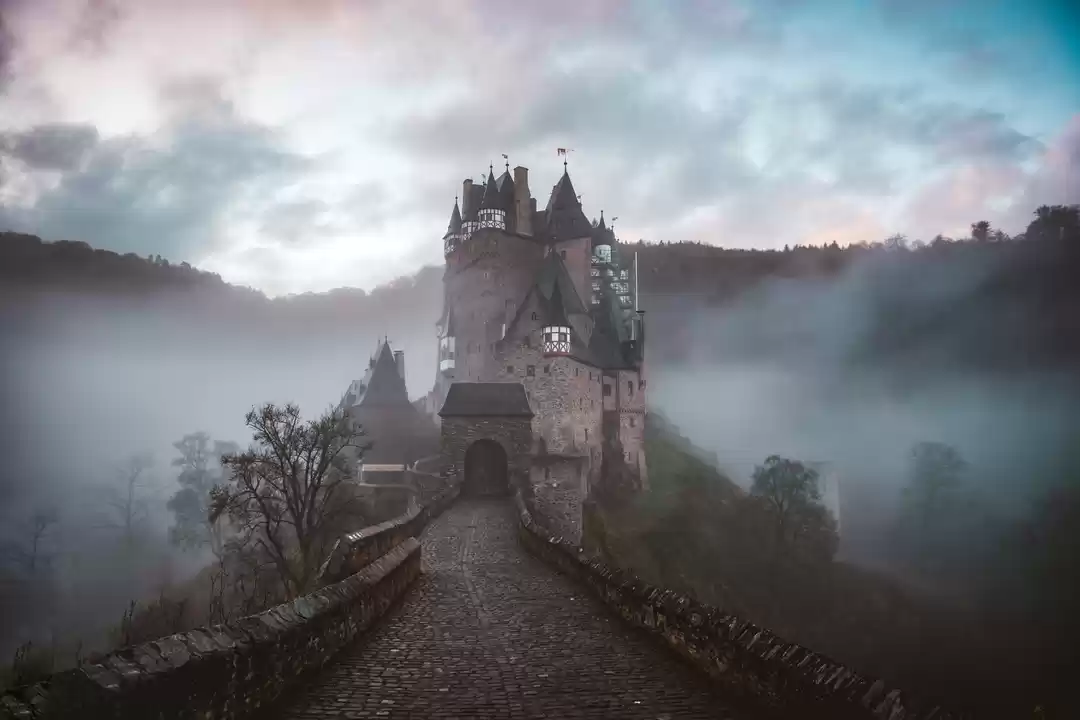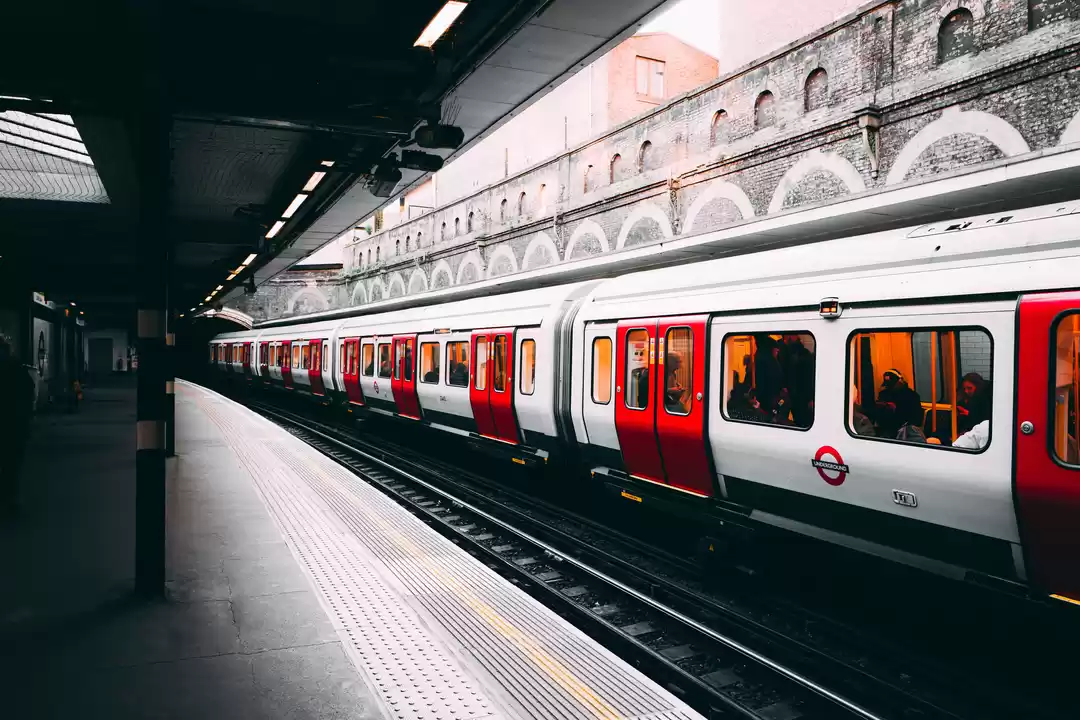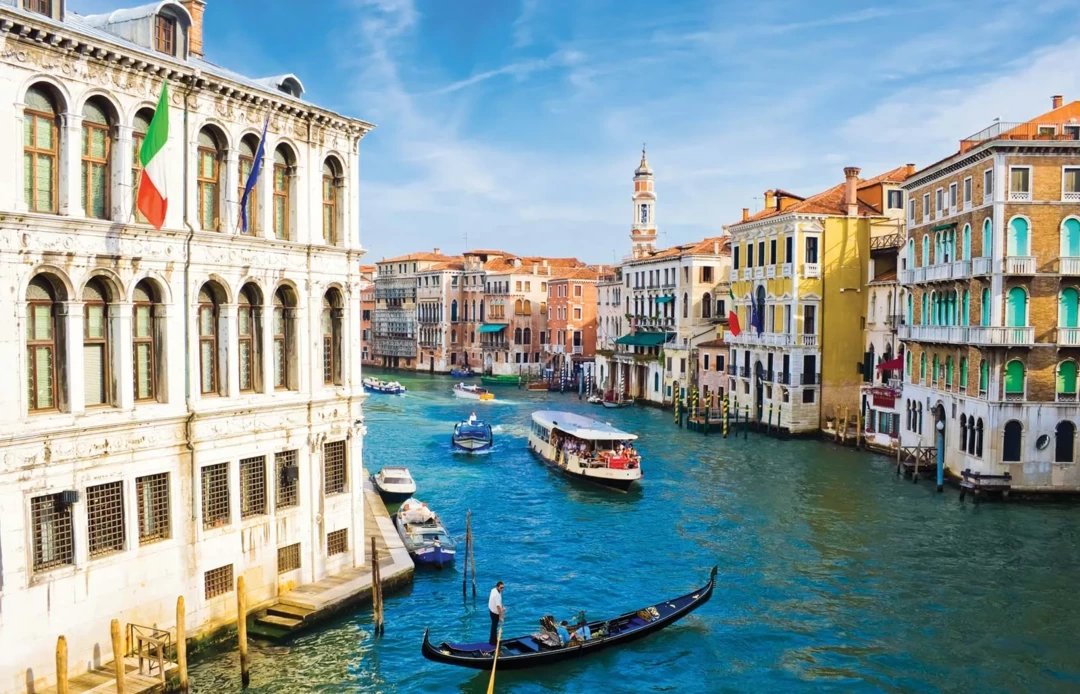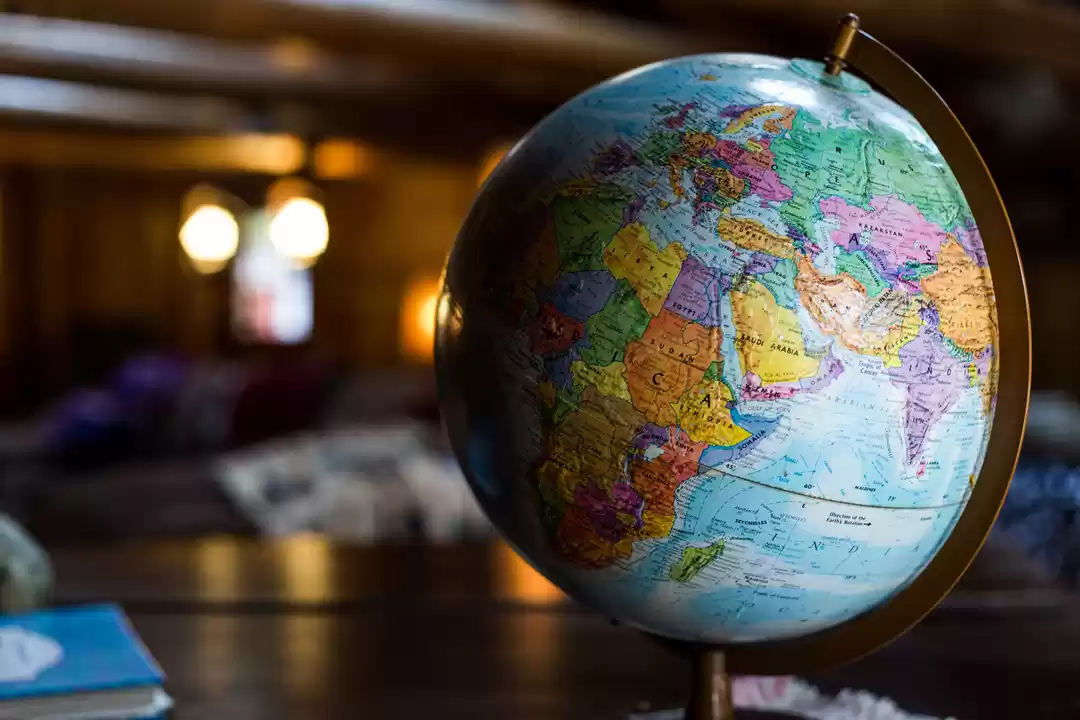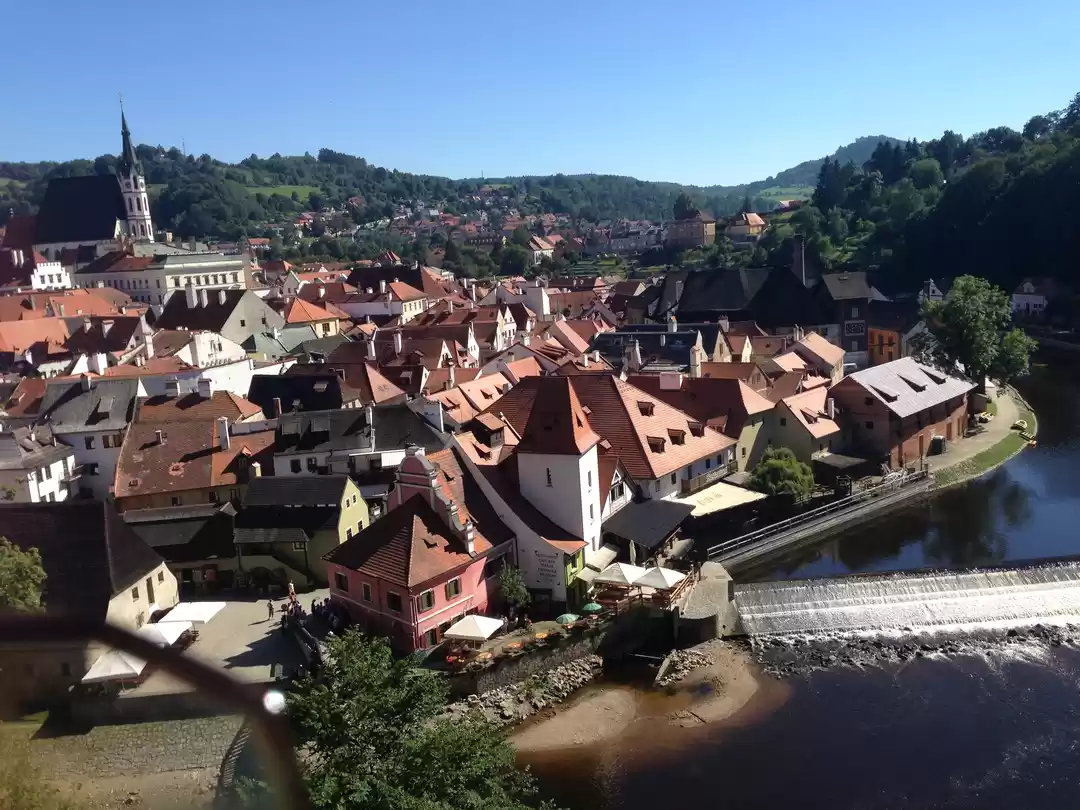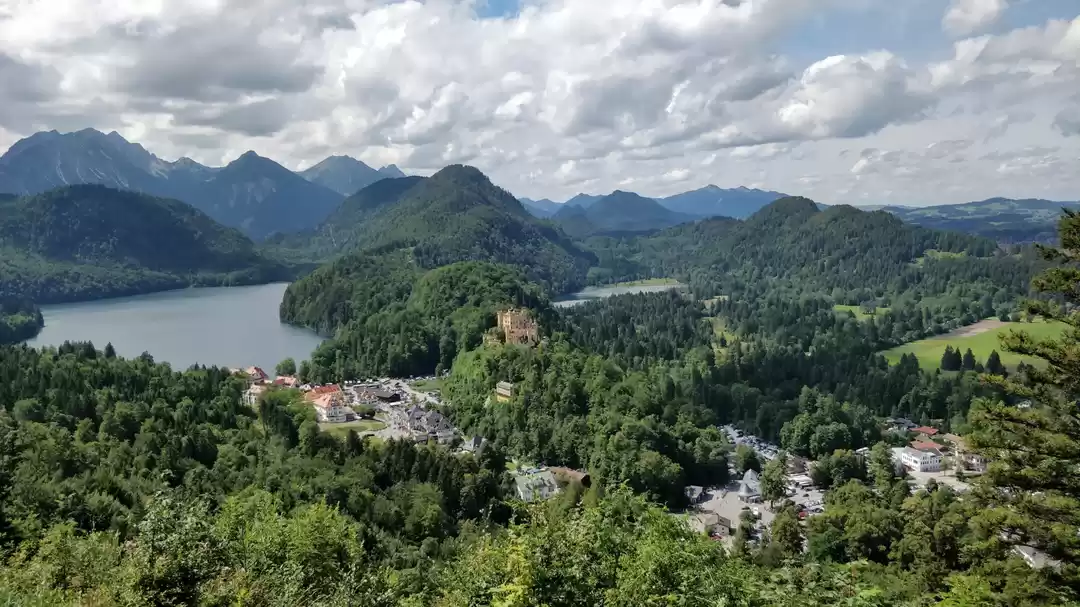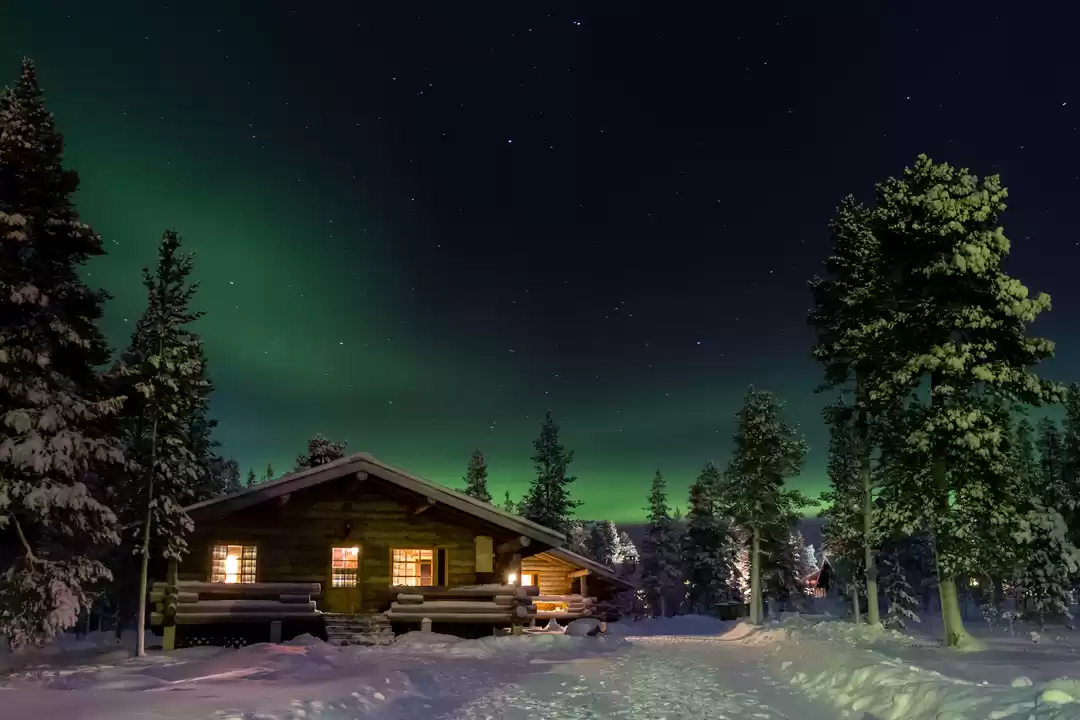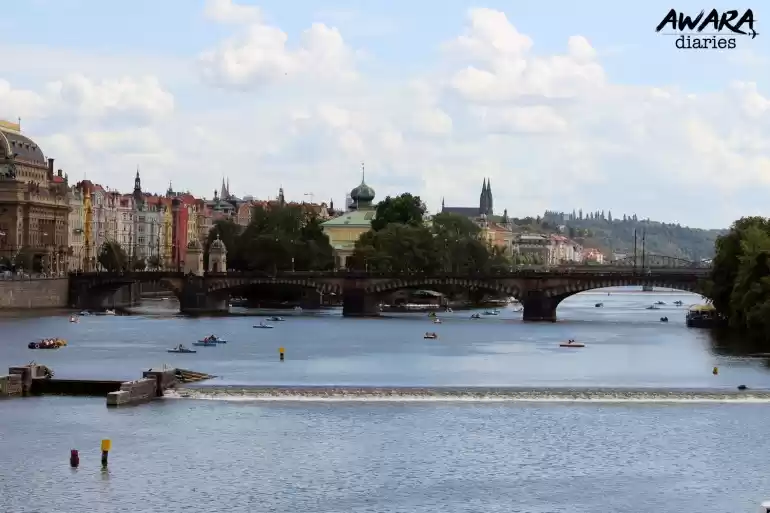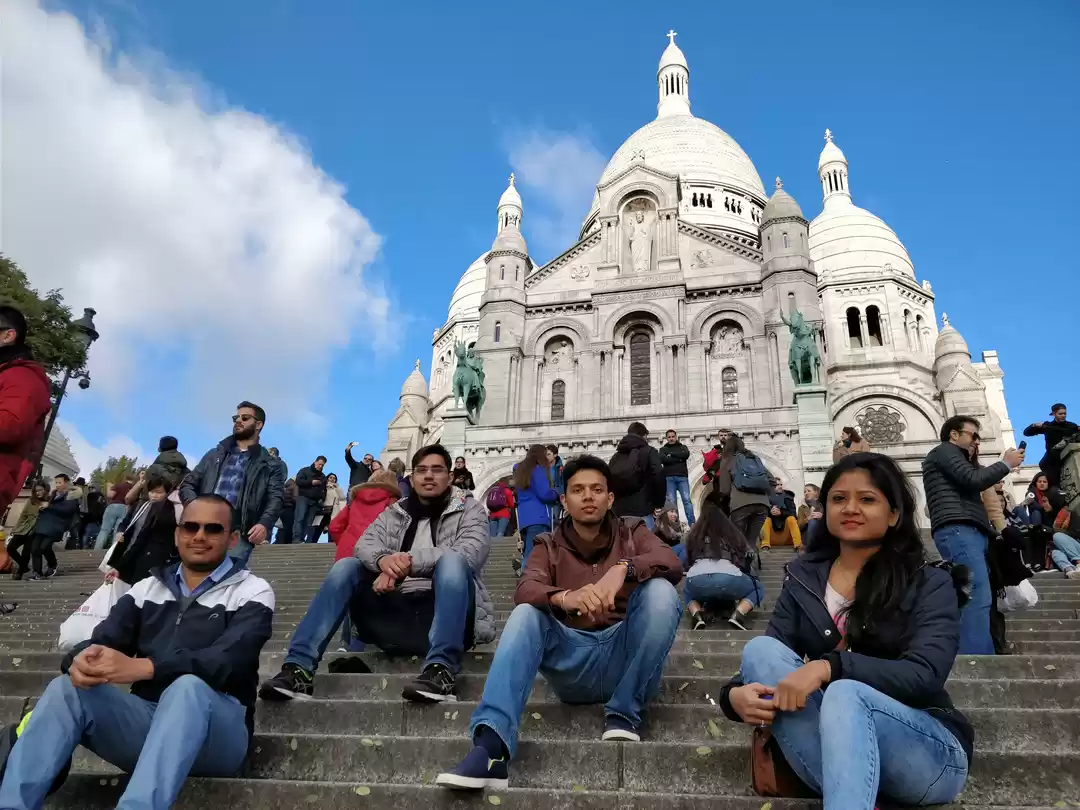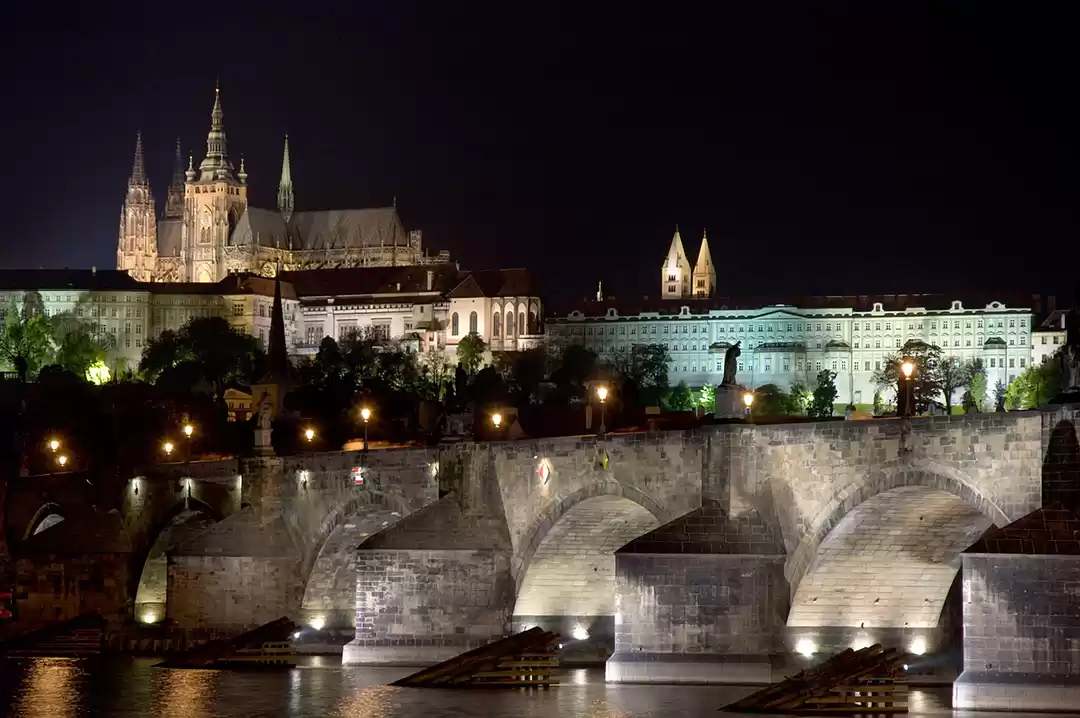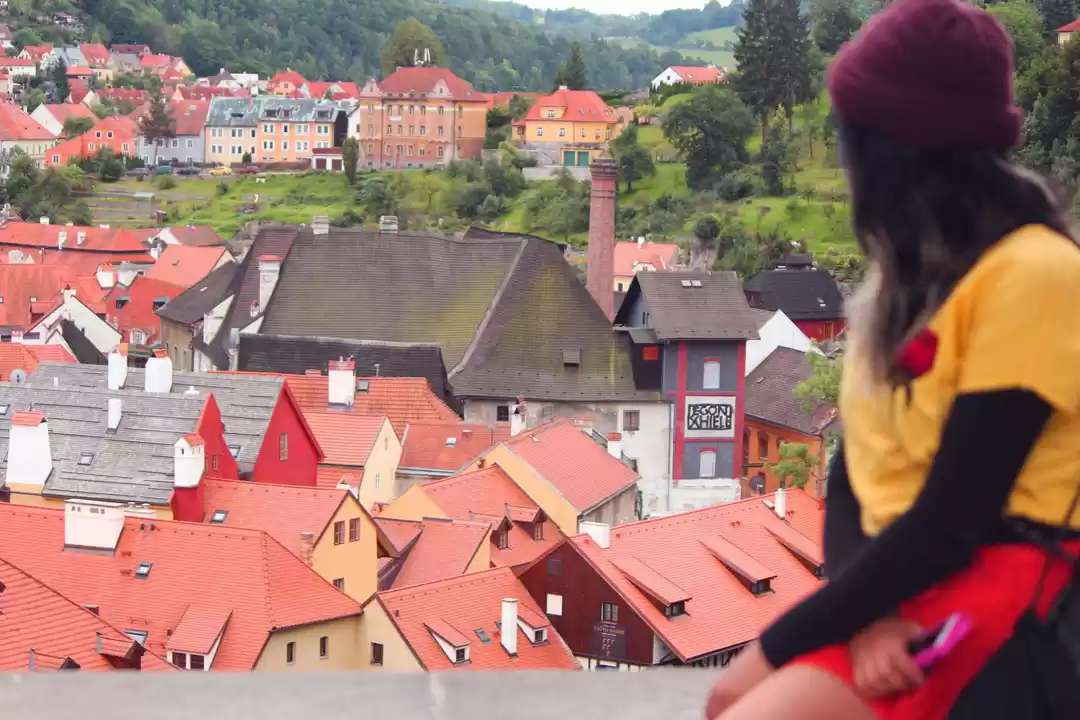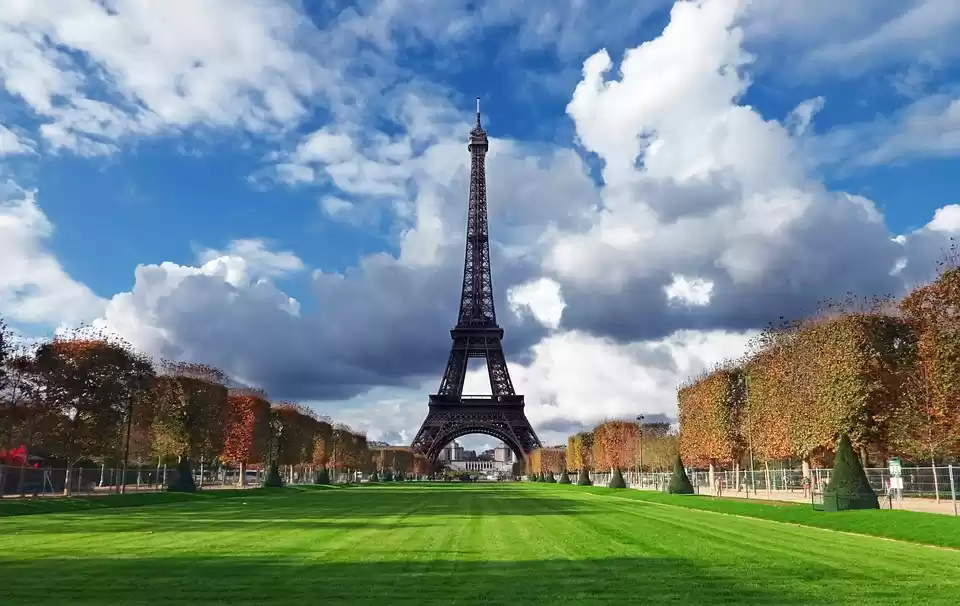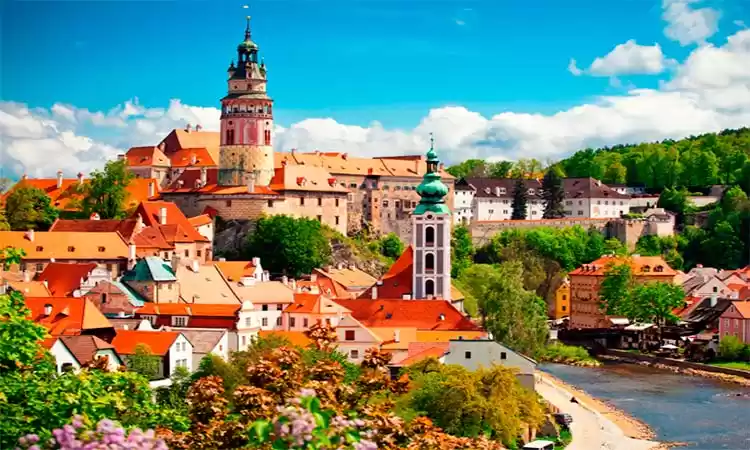






As I traveled deeper into Eastern Europe, the castles becoming more romantic, the squares prettier and the churches more quaint. Meandering cobbled streets worn over the centuries, red tiled roofs competing with the surrounding green hills, and the lone church spire characterize these pockets of history frozen in time, many of them today UNESCO World Heritage Sites.
The small town of Český Krumlov dating back to the 13th Century in Southern Bohemia, Czech Republic has to be my favorite. Its towering castle perched atop the hill, overlooking the painted Renaissance and Baroque architecture clustered around the Vltava River, is its crowning glory. The castle is the second largest in the country, comprising of forty buildings and palaces built around five castle courts and a castle park, spanning an area of seven hectares. Český Krumlov’s second gem is the Church of St. Vitus (15th Century) with frescoes from the same period. A climb up the castle’s round tower for just the right picture, a candle at the church, lazing in the old town square awash with golden sunshine, and a steak by the river – it was not just another day for me.


Whilst Český Krumlov is prettiness personified, Telč, also in southern Czech Republic, is Renaissance grace. Largely untouched since the 16th Century, pastel buildings with high gables and arcades line the long urban cobbled square with the Renaissance chateau and church towers at its two ends. Imagine candy pink, warm peach, dove grey, powder blue, lemon yellow and lime green edifices embellished with white stucco around a large sun kissed square :) That – is Telč.


Eastern Europe’s medieval squares continue on to Sopron in Hungary, with its walls and foundations going back to the Roman empire. There is often something particular about a place that lingers on within us, long after we leave it. With Sopron, it was the Benedictine Church for me. Set up by the Franciscan friars in 1280, it has absorbed Gothic, Renaissance and Baroque influences over the centuries, and moved from its original Franciscan order to the current Benedictine one in 1802. It is neither grand nor artistically profound. Yet a sense of continuity hovers over it with serenity …
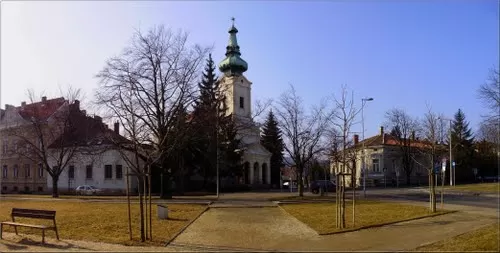
Eger in Hungary is, yet again, inimitable in itself. Well-known as a wine growing center, its thermal baths and Turkish Minaret reflect the 91 years of Ottoman rule (1596-1687). In around 1000 AD, St. Stephen, first king of Hungary, founded a bishopric in Eger. The town’s religious importance led to the construction of a castle for its protection in 1248, built around a Romanesque cathedral. The castle, famous for repelling the Turks’ attack during the Siege of Eger (1552), is in ruins today. The Romanesque church no longer exists. Instead, the classical 19th Century Eger Basilica in the town center stands grand and towering, surrounded by numerous later churches.


Finally, I reached the walled town of Levoča in Slovakia with its Renaissance houses and 14th Century Roman Catholic Church of St. Jakub in the large Namestie Majstra Pavla Square. The church is a virtual museum of medieval religious art, its prized treasure a carved and painted 18.6 meter tall wooden late-Gothic altar, the tallest in Europe, carved by Master Pavol of Levoča in 1507-1517 – it is splendid, both for the artist, as well as the spiritual, in one. Three weeks of medieval squares, and the charm did not wear off. That is the appeal of fairy tales in the wake of modern urban living. They somehow manage to keep their innocence and simplicity intact, through time, and despite time :)
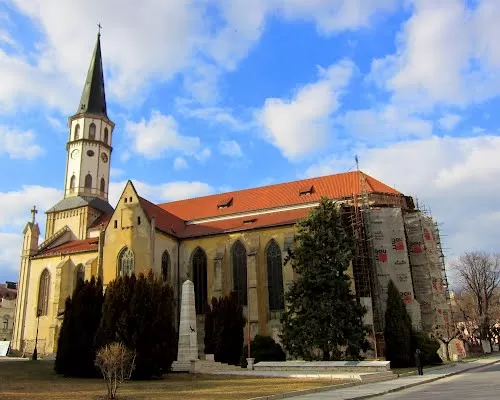
Frequent searches leading to this page:-
Europe honeymoon tour packages, Europe honeymoon tour packages from Delhi, Europe honeymoon tour packages from Mumbai, Europe honeymoon tour packages from India, top things to do in Europe in winter, best things to do in Europe in winter





